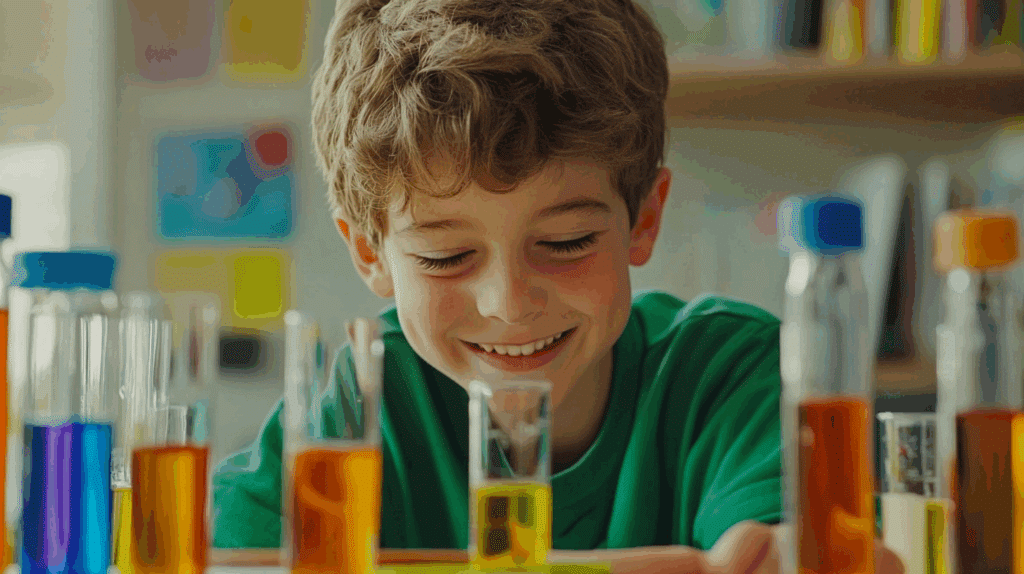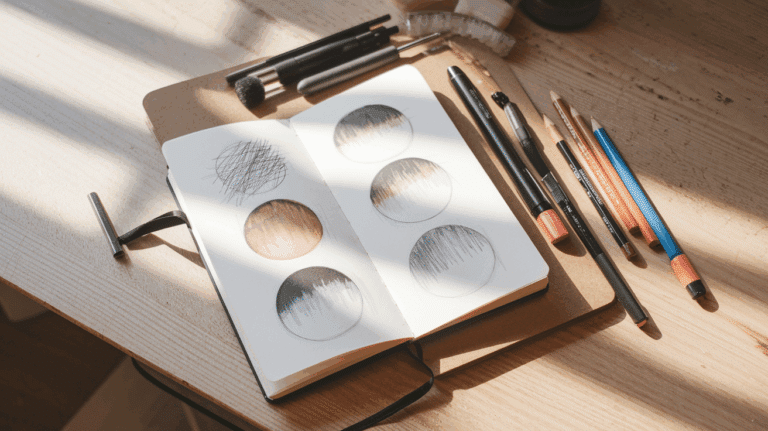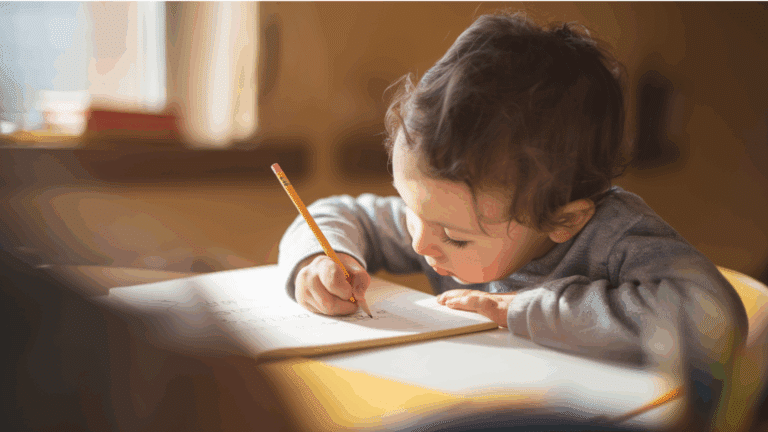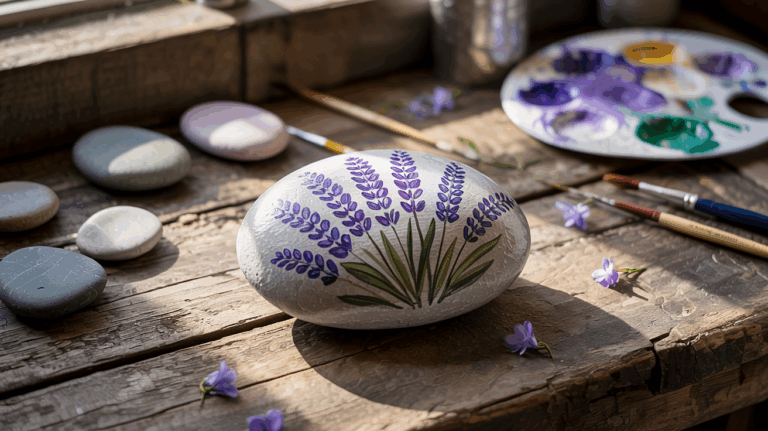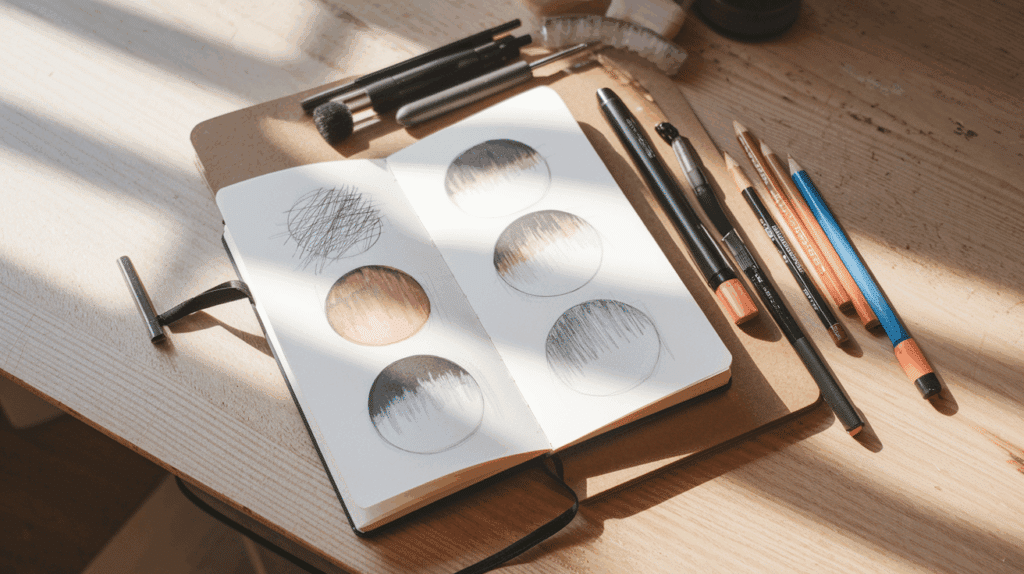Finding good science projects for 4th graders can be tough. Parents and teachers often struggle to come up with ideas that are both educational and fun for kids.
But what if you could find science projects that actually get kids excited about learning? Projects that teach real science concepts while keeping children engaged and curious?
These 21 4th grade science project ideas can help your kid develop critical thinking skills and a love for scientific discovery. Each project uses simple materials you probably already have at home.
Ready to turn your little one into a budding scientist?
These hands-on experiments will make science class the highlight of their day. Keep reading to find out which project might spark your child’s interest in the wonderful world of science.
Why STEM Education Starts with Creative Science Projects?
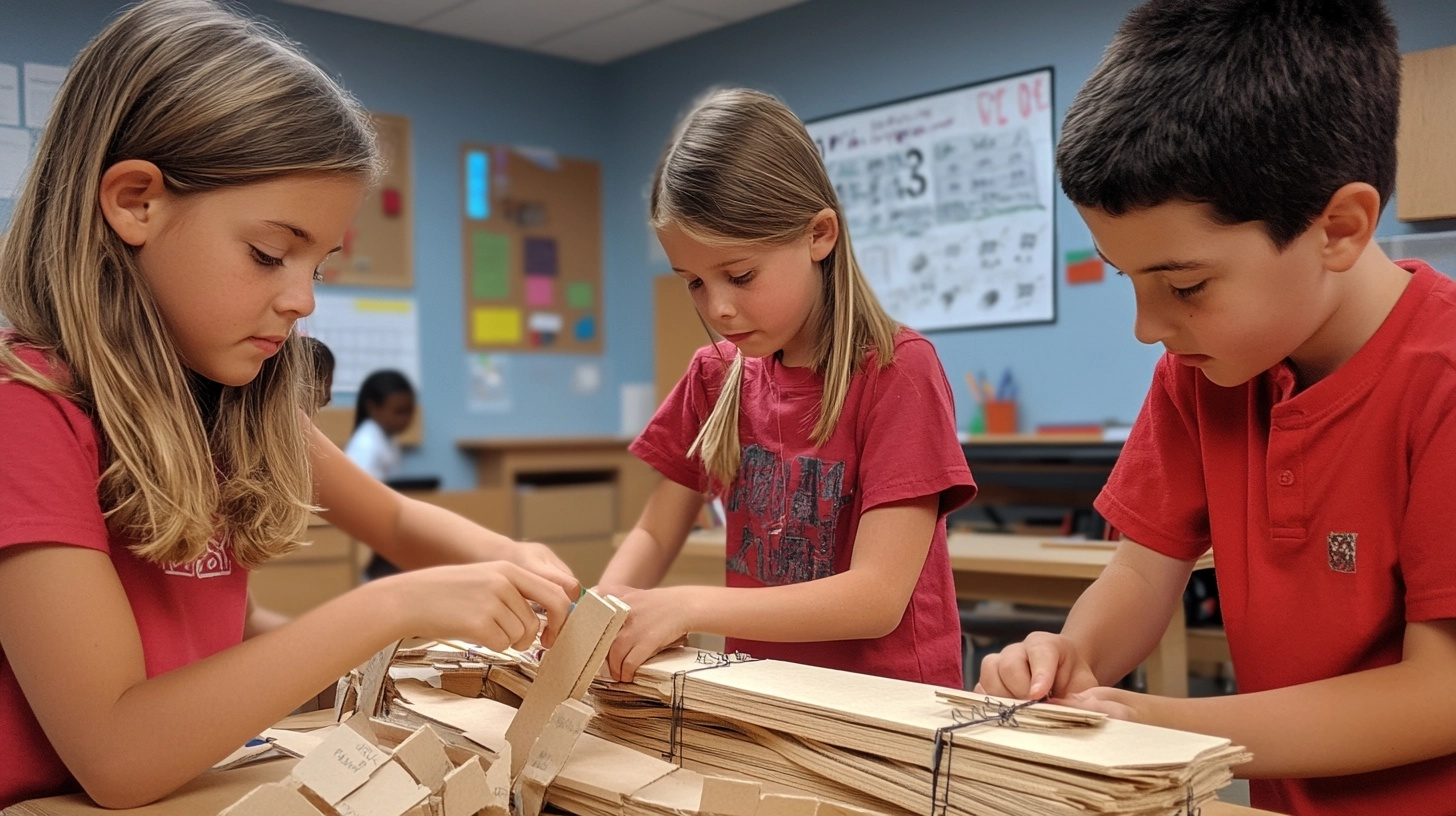
Kids who start doing science projects early tend to do better in all STEM subjects later on. These hands-on projects help them think in new ways and solve problems step by step.
Science projects teach kids to ask questions, make guesses, and test their ideas – skills they’ll need for math, coding, and engineering, too. When a child builds a simple circuit or makes a model of the water cycle, they’re learning how things work in the real world.
These 4th grade science projects also help children feel more confident about the subject. For example, a 4th grader who has fun making a homemade battery is more likely to feel good about taking more science classes in middle school and high school.
The best part is that kids don’t see these projects as work – they see them as play. This helps them form a good feeling about science that can last for years to come.
How to Make Learning Fun with Hands-On Science Projects
Hands-on science projects can make learning much more fun for 4th graders. When kids get to touch, build, and test things themselves, they pay more attention and remember what they learn better.
These 4th grade science projects work because they let kids see science in action instead of just reading about it.
A child who mixes baking soda and vinegar to make a mini volcano will understand chemical reactions far better than one who only reads about them in a textbook.
Here are some tips to make science projects more fun:
- Pick topics that match what kids already like
- Use everyday items from around the house
- Let kids take the lead in the process
- Ask questions instead of giving all the answers
- Make time to talk about what happened and why
When children work on hands-on projects, they start to think like real scientists. They ask questions, make guesses, and find answers through testing. This builds their problem-solving skills and makes them feel good about learning.
They’re having so much fun that they don’t even notice how much they’re learning!
Creative 4th Grade Science Project Ideas for This Summer Holiday
Summer break offers the perfect chance for kids to try science projects without school pressure. These fun ideas need just a few simple supplies and can be done in a backyard or kitchen.
Kids will have so much fun, they might forget they’re actually learning!
1. Volcano Eruption Simulation
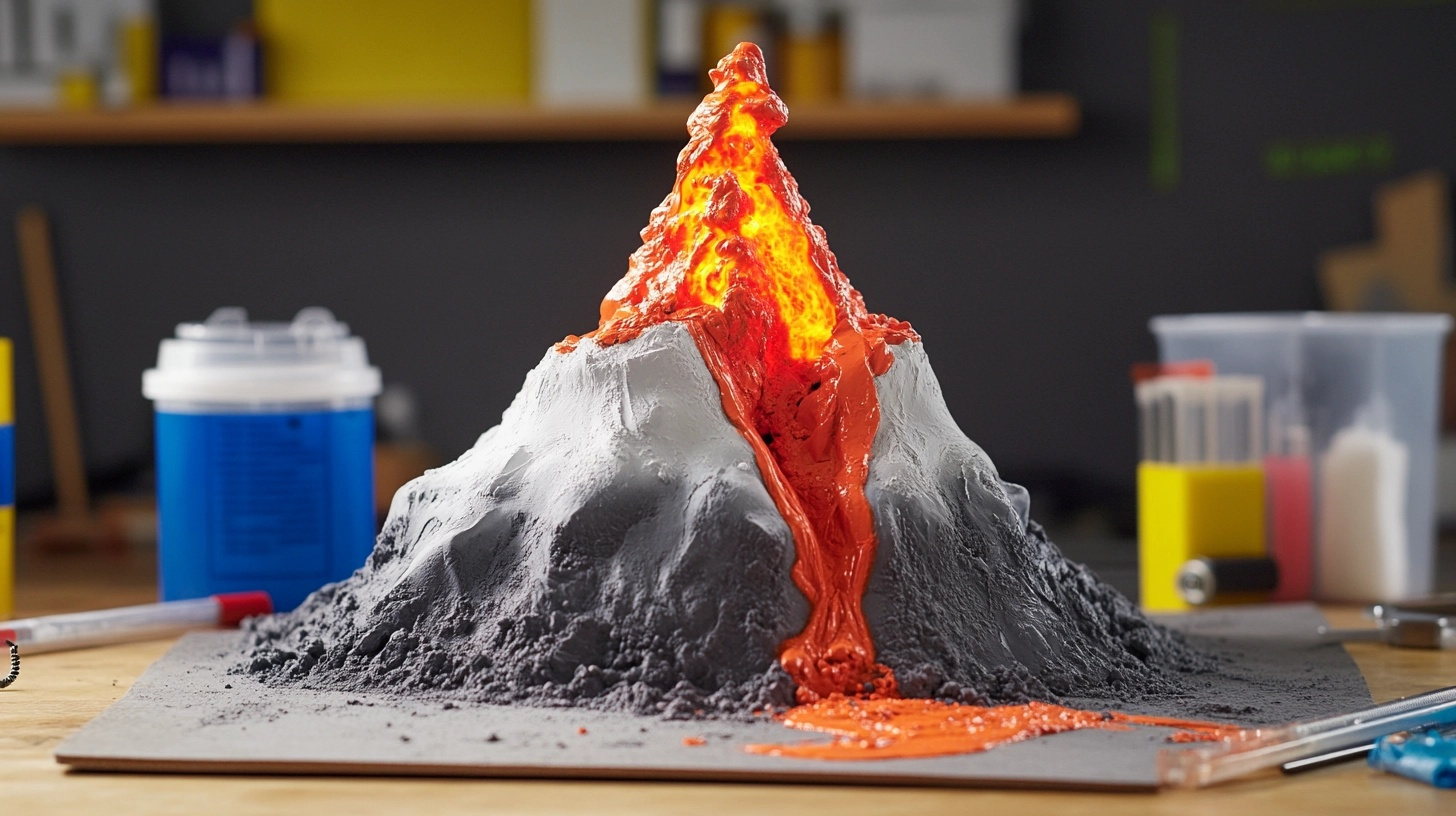
This classic science project simulates a volcanic eruption using a chemical reaction between baking soda and vinegar.
It’s a fun and visual way to demonstrate how pressure builds up beneath the Earth’s surface and results in an eruption. Kids can mold a volcano using clay or papier-mâché around a container and then trigger the eruption, making it both educational and exciting.
It’s a great introduction to earth science and chemical reactions for fourth graders.
- Difficulty Level: Easy
- Science Law: Acid-base chemical reaction
- Materials Required: Baking soda, vinegar, dish soap, red food coloring, small container, clay or papier-mâché
For a more detailed description of 4th grade science project, check out:- Cool Volcano Science Experiment with Vinegar and Baking Soda
2. Solar System Model

Creating a solar system model helps students visualize the size, scale, and position of the planets in our solar system. Using foam balls, string, and paint, students can represent each planet and hang them at proportional distances.
This project encourages spatial reasoning and understanding of planetary relationships and rotation. It also provides a hands-on opportunity to learn about astronomy and how celestial bodies orbit the sun in a fixed path.
- Difficulty Level: Moderate
- Science Law: Newton’s law of universal gravitation
- Materials Required: Foam balls, paint, string, glue, dowels or wire, cardboard base
For a more detailed description of the 4th grade science project, check out:- nicekazi’s 3D Solar System Project
3. Growing Crystals
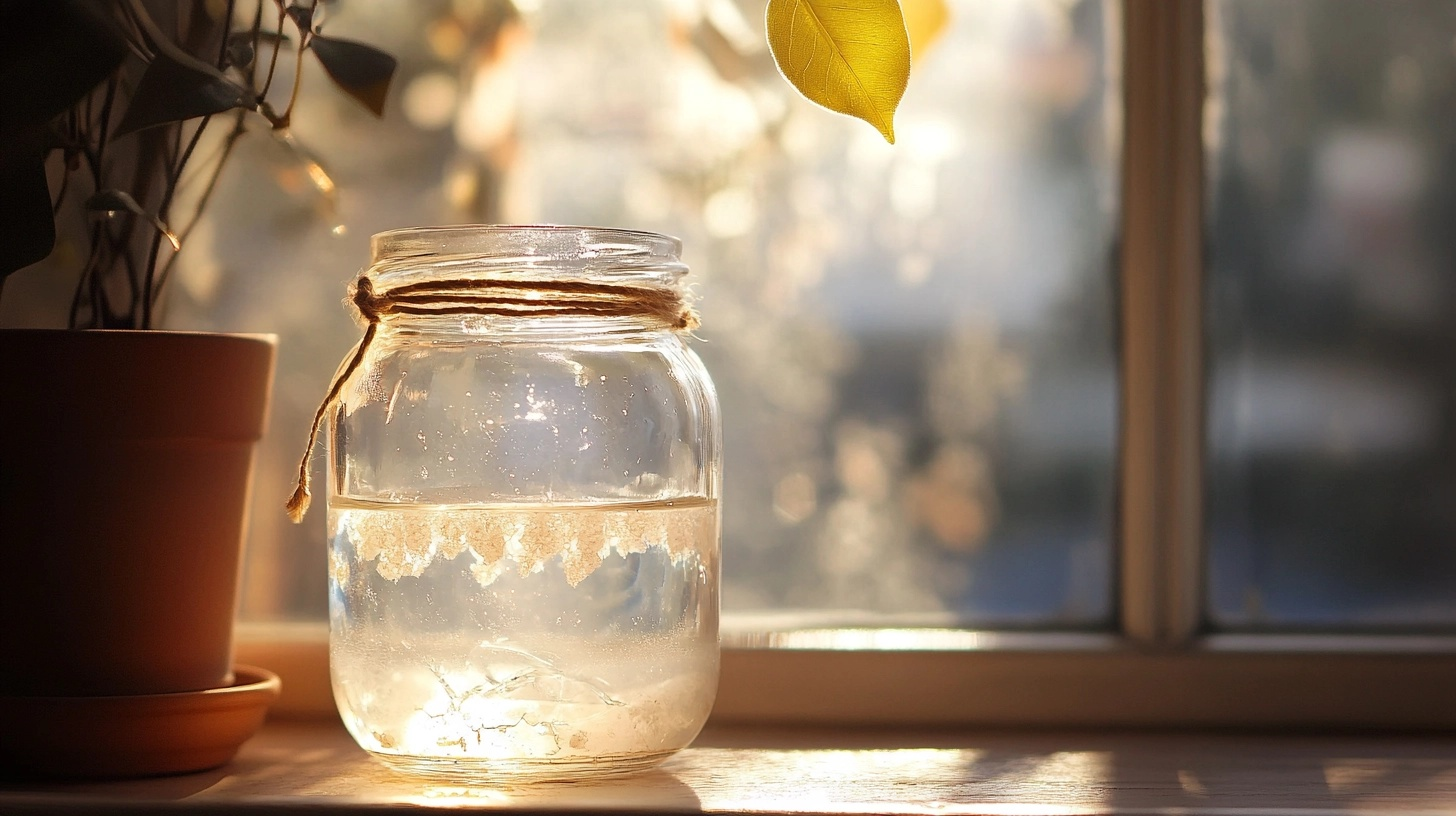
This experiment allows students to grow their own crystals using salt or sugar.
By dissolving the substance in hot water and letting it cool slowly, crystals begin to form as the solution becomes saturated. It teaches kids about supersaturation, solubility, and how crystals grow naturally in the environment.
The shapes and patterns that develop are both beautiful and scientific, making it a great combination of chemistry and observation skills.
- Difficulty Level: Easy
- Science Law: Solubility and crystallization principles
- Materials Required: Table salt or sugar, hot water, jars, string, pencils, and paper clips
For a more detailed description of the project, check out:- Grow Your Own Crystals
4. Homemade Water Filter
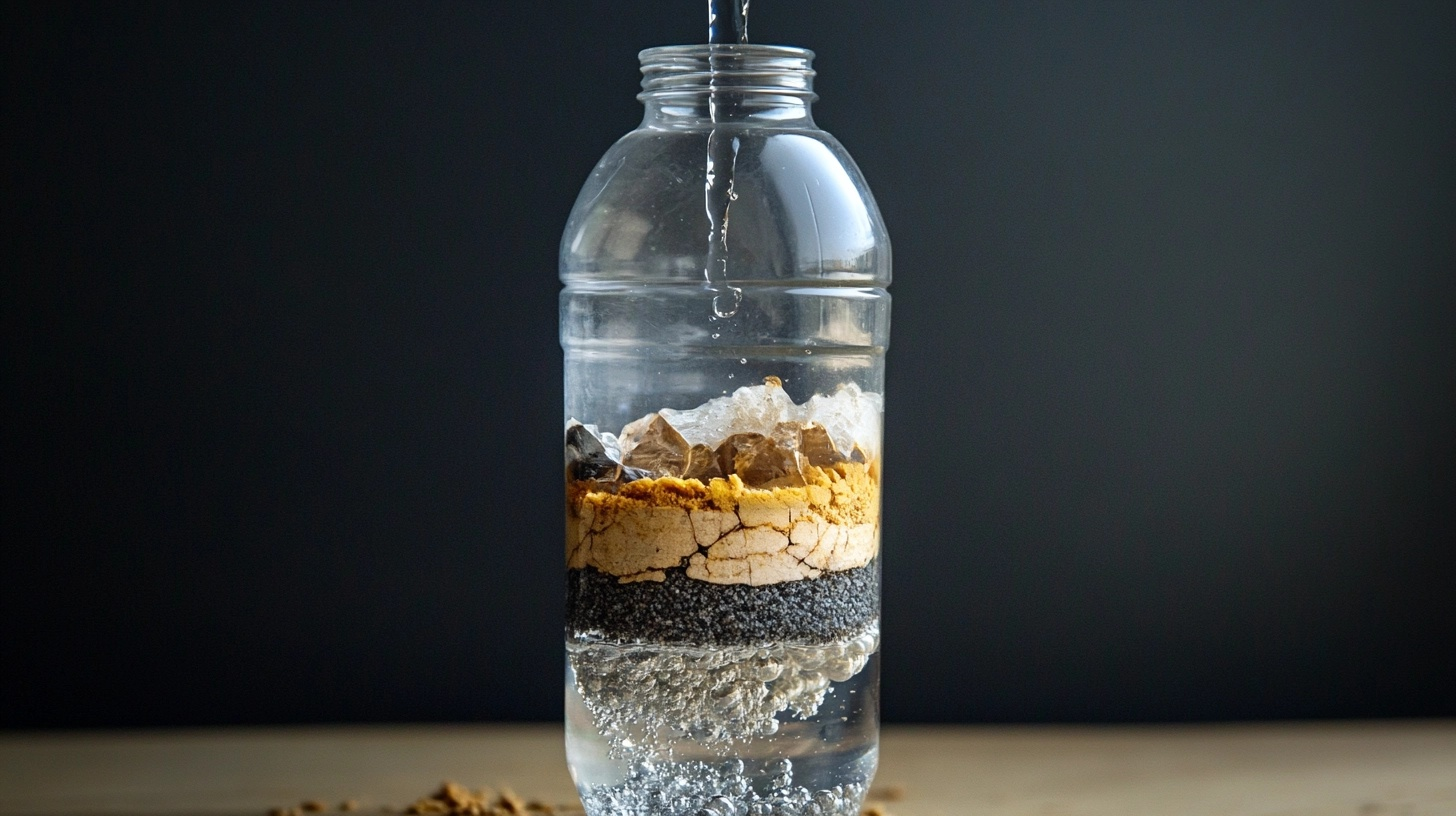
Students build a simple water filter using layers of sand, gravel, and activated charcoal inside a plastic bottle. This project helps them understand how filtration removes impurities from water and why clean water is important. It also introduces concepts of environmental science and engineering design.
Observing the change in water clarity gives a visual representation of the filter’s effectiveness, making it a powerful learning experience about pollution and sustainability.
- Difficulty Level: Moderate
- Science Law: Filtration and Physical Separation
- Materials Required: Plastic bottle, sand, gravel, activated charcoal, coffee filter, dirty water sample
For a more detailed description of 4th grade science project, check out:- DIY WATER FILTER
5. Static Electricity Balloon Experiment

By rubbing a balloon on hair or wool, students can generate static electricity and use it to move paper or stick the balloon to a wall.
This experiment demonstrates how electrons transfer between surfaces and create electric charges. It’s a fun and interactive way to learn about static electricity, attraction, and repulsion. Kids get to observe invisible forces in action and understand how static electricity works in everyday life.
- Difficulty Level: Easy
- Science Law: Electrostatic force and charge transfer
- Materials Required: Balloons, small paper bits, wool cloth or sweater, comb (optional)
For a more detailed description of the project, check out:- Static electricity
6. Plant Growth Under Different Lights
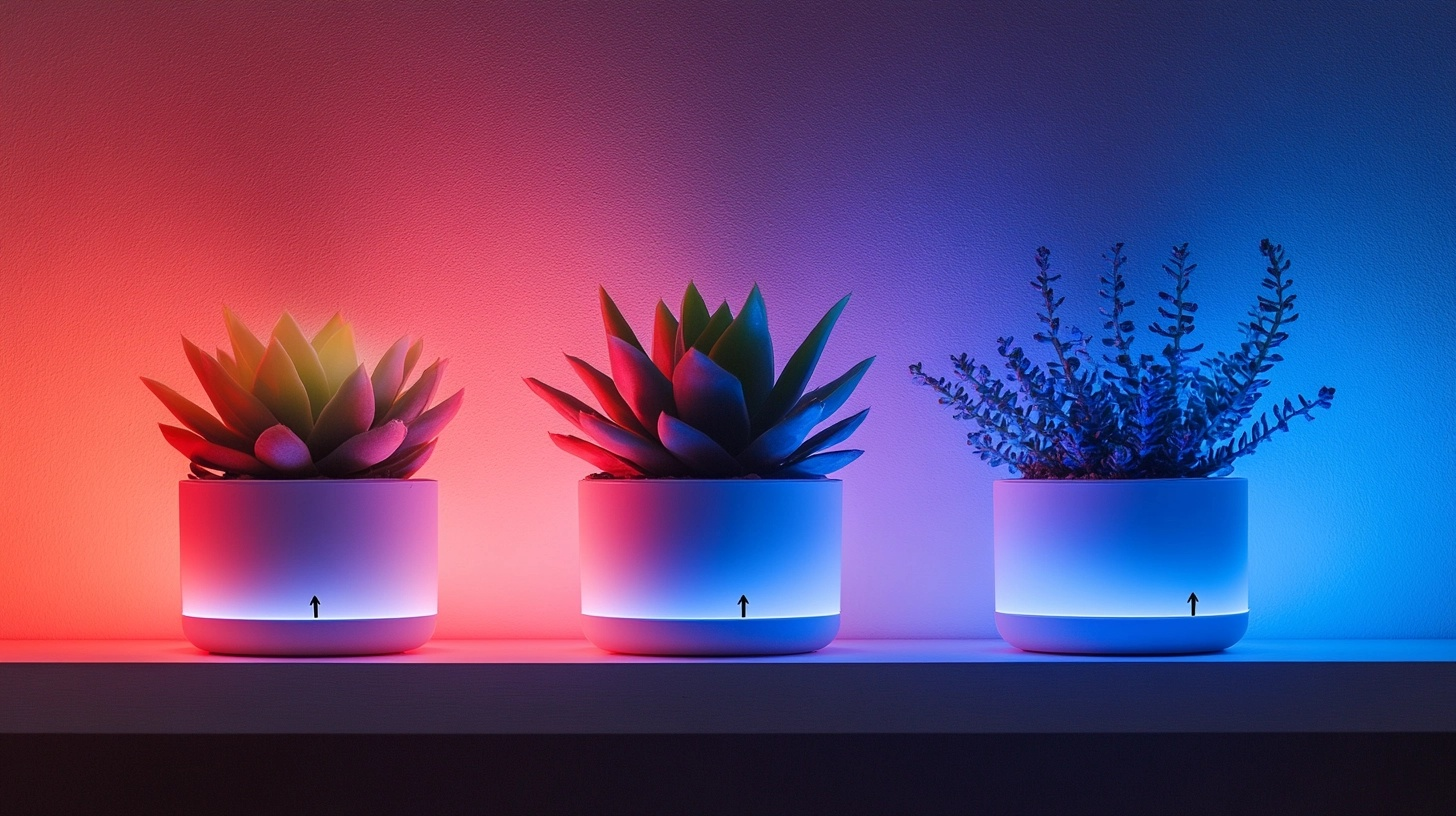
This project explores how different light colors affect plant growth. Students grow identical plants under colored lights like red, blue, and white to observe which one promotes better growth.
It helps them understand photosynthesis and the role light plays in plant development. This project combines biology with experimentation, encouraging observation and documentation skills over time. It’s a great way to introduce students to plant biology and the scientific method.
- Difficulty Level: Moderate
- Science Law: Photosynthesis and light absorption
- Materials Required: Potted plants, colored LED bulbs, lamp fixtures, water, ruler, notebook
For a more detailed description of the 4th grade science project, check out:- How do different colours of light affect the growth of plants
7. Rainbow in a Jar
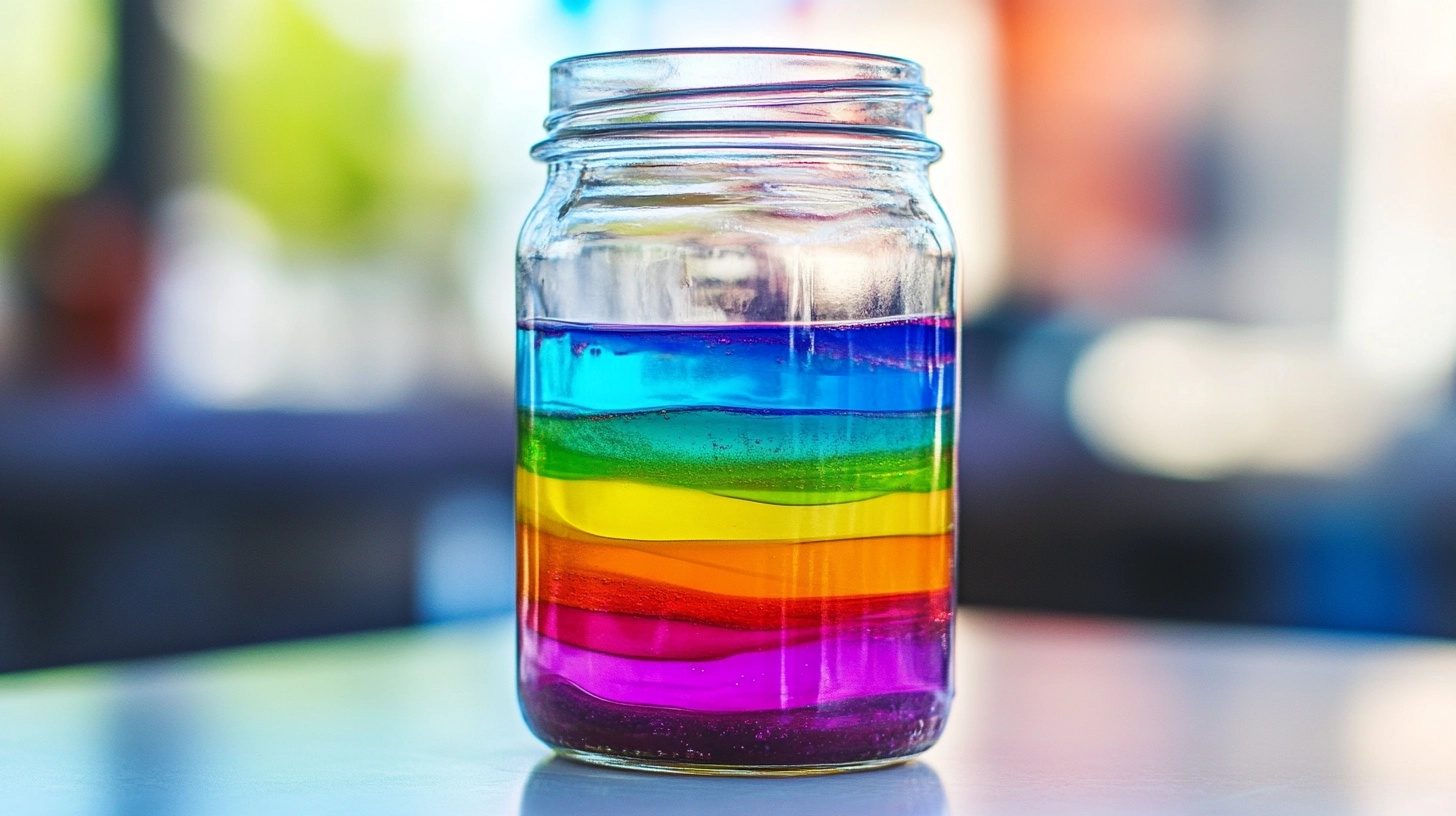
Students layer liquids with different densities and colors to create a rainbow effect inside a jar. The denser liquids sink while lighter ones float, forming distinct layers. This vibrant experiment helps kids learn about density and how substances interact based on their mass.
It also reinforces careful measuring and pouring. The result is not just scientific; it’s visually stunning, making it a memorable, hands-on learning activity.
- Difficulty Level: Easy
- Science Law: Density and buoyancy
- Materials Required: Honey, corn syrup, dish soap, water, vegetable oil, rubbing alcohol, food coloring, jar
For a more detailed description of the project, check out: Rainbow in a Jar Science Experiment
8. Tornado in a Bottle

This experiment demonstrates how tornadoes form using two plastic bottles connected with water and a swirl motion.
When flipped, a vortex appears, mimicking a real tornado. In this easy-to-follow visual demonstration, students learn about vortex formation, air pressure, and fluid dynamics. It’s both educational and engaging, allowing them to explore weather phenomena with simple materials.
- Difficulty Level: Easy
- Science Law: Conservation of angular momentum
- Materials Required: Two plastic bottles, water, duct tape or tornado connector, glitter or food coloring (optional)
For a more detailed description of the 4th grade science project, check out: Tornado in a Bottle
9. Invisible Ink with Lemon Juice

Using lemon juice as ink, students write secret messages that become visible only when heated. The juice oxidizes and turns brown when exposed to heat, revealing the message. This project introduces basic chemical reactions and the idea of oxidation.
It’s a fun way to learn the properties of substances and can even tie into lessons about how spies used secret messages in history.
- Difficulty Level: Easy
- Science Law: Oxidation and acid-base reaction
- Materials Required: Lemon juice, cotton swab or toothpick, white paper, heat source (lamp or iron)
For a more detailed description of the project, check out: Invisible ink recipe
10. Density Tower with Liquids

In this experiment, students stack different liquids like honey, dish soap, water, and oil to build a layered density tower. Each liquid stays separate based on its density. The activity visually reinforces the concept of density and why certain liquids float while others sink. It also teaches students how to work carefully and precisely, which are essential science skills.
- Difficulty Level: Easy
- Science Law: Density and mass-to-volume ratio
- Materials Required: Honey, dish soap, water, vegetable oil, rubbing alcohol, food coloring, tall clear container
For a more detailed description of the 4th grade science project, check out: Amazing 9 Layer Density Tower
11. DIY Weather Station
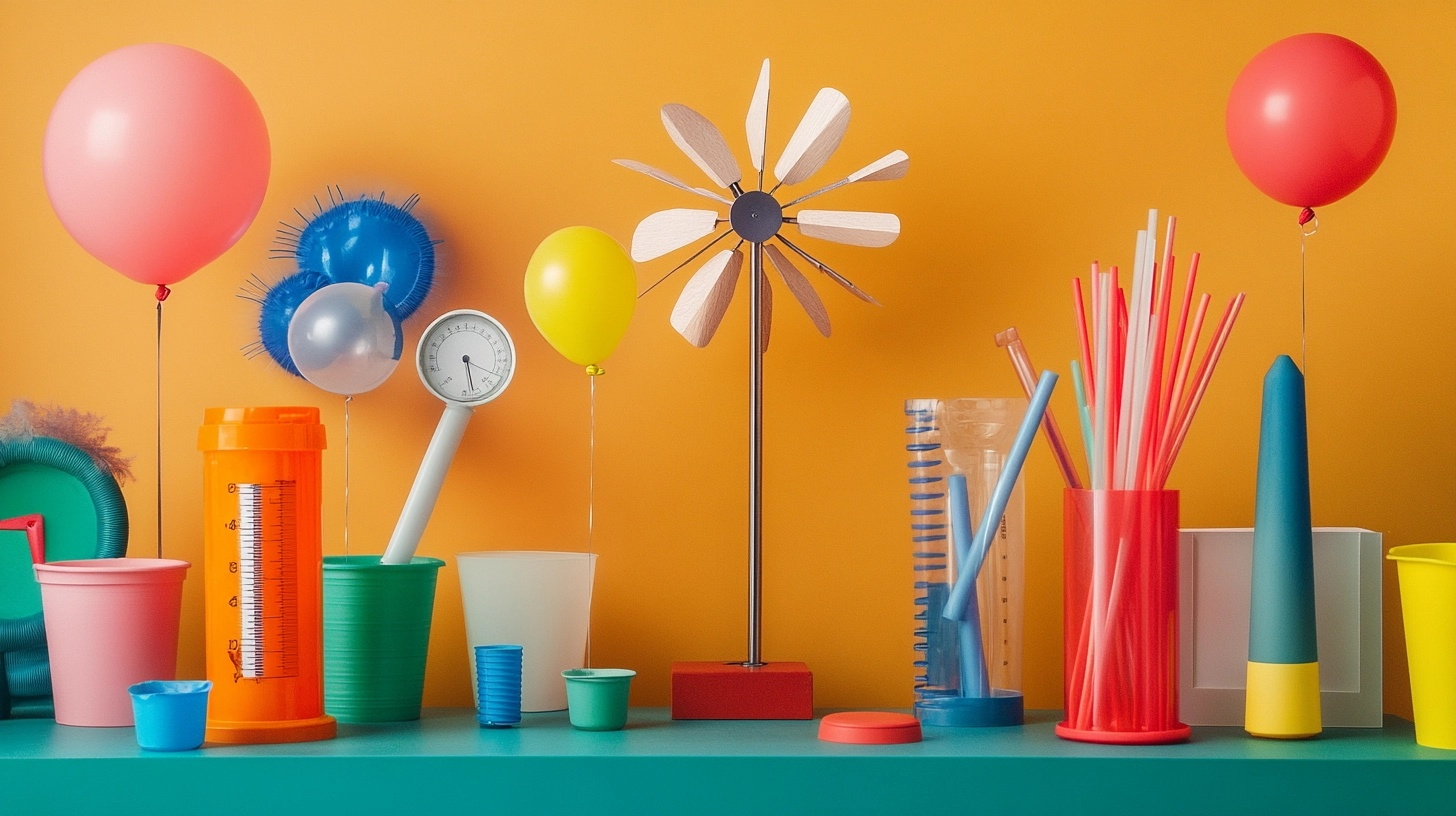
Creating a simple weather station helps students track temperature, wind direction, rainfall, and air pressure using homemade tools. This project introduces them to meteorology and how scientists collect and interpret weather data.
Kids can record daily observations and identify patterns over time. This encourages consistent tracking, critical thinking, and data analysis while making the concept of weather forecasting hands-on and interactive.
- Difficulty Level: Moderate
- Science Law: Atmospheric pressure and temperature measurement
- Materials Required: Thermometer, barometer (jar and balloon), rain gauge (measuring cup), wind vane (straw and paper), journal
For a more detailed description of the project, check out: Weather Station Projects
12. Egg in Vinegar Experiment

This experiment removes the eggshell by soaking it in vinegar, leaving the rubbery membrane intact. The acetic acid in vinegar reacts with the calcium carbonate shell, demonstrating a chemical reaction. It’s an interesting and tactile project that shows how acids break down materials.
Students can also bounce the egg to test its new texture, adding a fun twist to the learning process.
- Difficulty Level: Easy
- Science Law: Acid-base reaction and osmosis
- Materials Required: Raw egg, vinegar, clear jar or cup, spoon
For a more detailed description of the project, check out: Bouncy Egg Science Experiment
13. Solar Oven S’mores
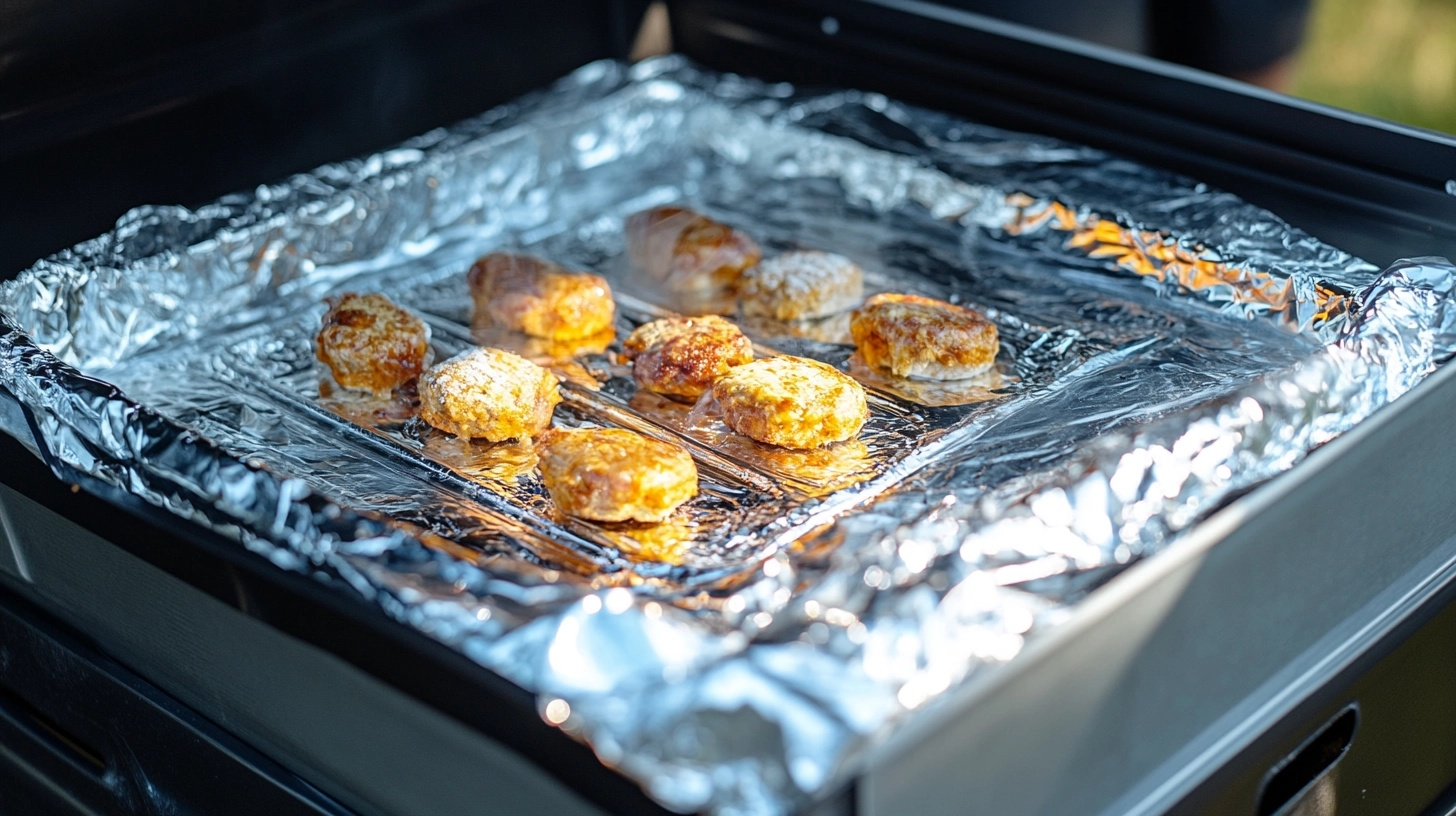
Using a pizza box, foil, and plastic wrap, students build a solar oven to harness the sun’s energy and cook s’mores.
This project teaches about renewable energy and how solar heat can be captured and used. It’s a tasty way to explore thermal energy, light reflection, and the greenhouse effect.
Plus, it’s perfect for sunny days and outdoor science fun.
- Difficulty Level: Moderate
- Science Law: Solar energy and greenhouse effect
- Materials Required: Pizza box, aluminum foil, plastic wrap, black construction paper, tape, stick, marshmallows, chocolate, graham crackers
For a more detailed description of the 4th grade science project, check out: HOW to make Solar Oven S’MORES!
14. Magnet Strength Test
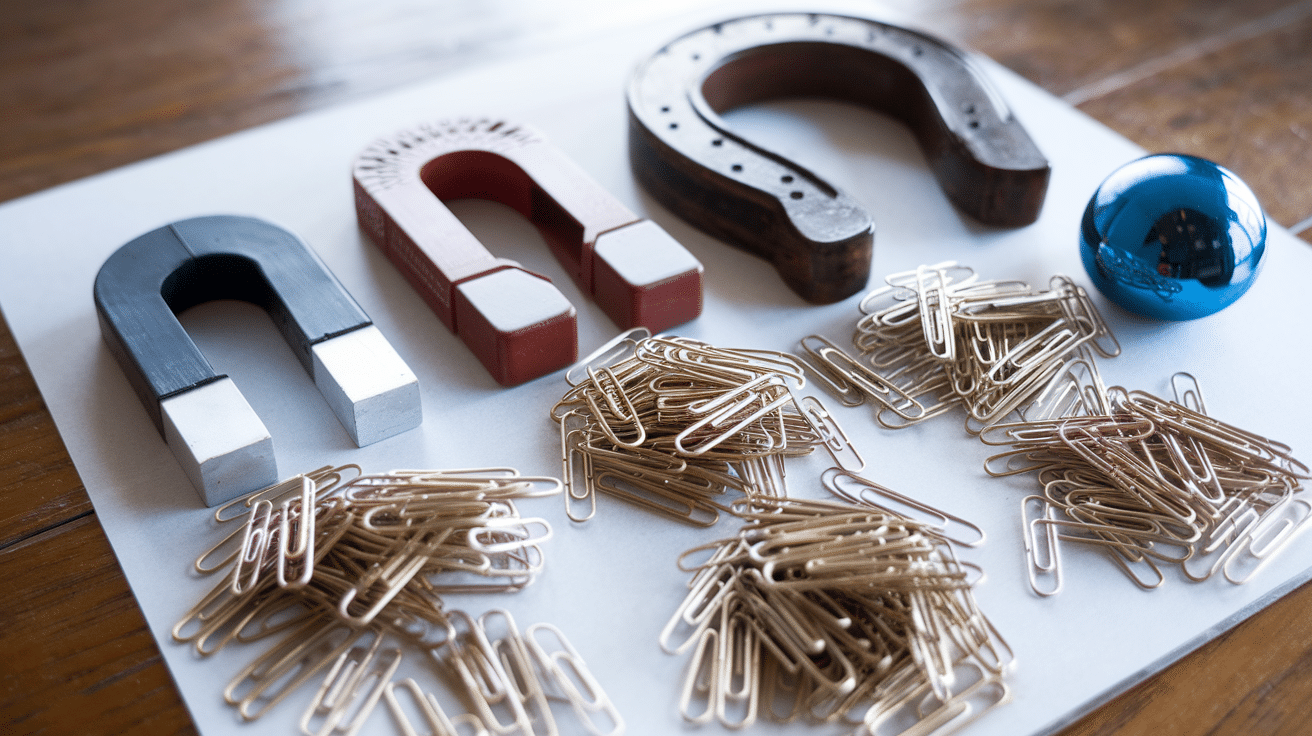
This project compares the strength of different magnets by measuring how many paperclips each can pick up.
It introduces students to magnetic fields and allows them to test hypotheses, record data, and make comparisons. It’s an easy way to get hands-on with physical science and understand forces that act at a distance without physical contact.
- Difficulty Level: Easy
- Science Law: Magnetism and magnetic field strength
- Materials Required: Various magnets, paperclips, ruler, chart for data collection
For a more detailed description of the project, check out:- Strengths of Magnets: Paper Clip Test
15. Seed Germination Observation
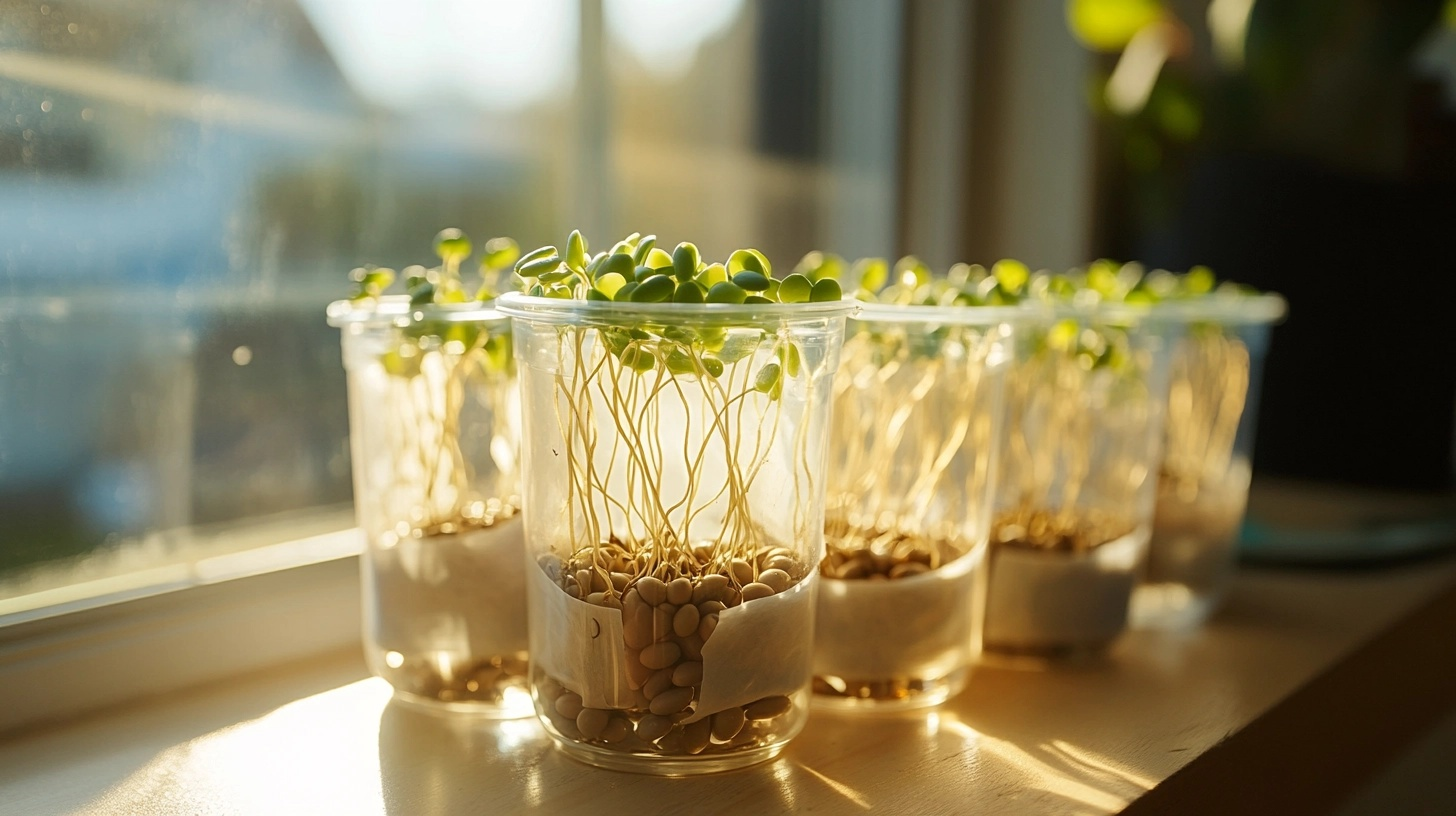
Students plant seeds in clear containers to watch roots and shoots develop. This project focuses on the early stages of plant life and helps students understand what seeds need to grow.
It builds patience and observation skills while reinforcing biological concepts like germination, photosynthesis, and the plant life cycle. Over a few days, students can track growth and draw diagrams of what they see.
- Difficulty Level: Easy
- Science Law: Germination and cell division
- Materials Required: Seeds (beans work well), clear cups, paper towels, water, notebook for observation
For a more detailed description of the 4th grade science project, check out:- Seed Germination Experiment
16. Simple Circuit with a Light Bulb
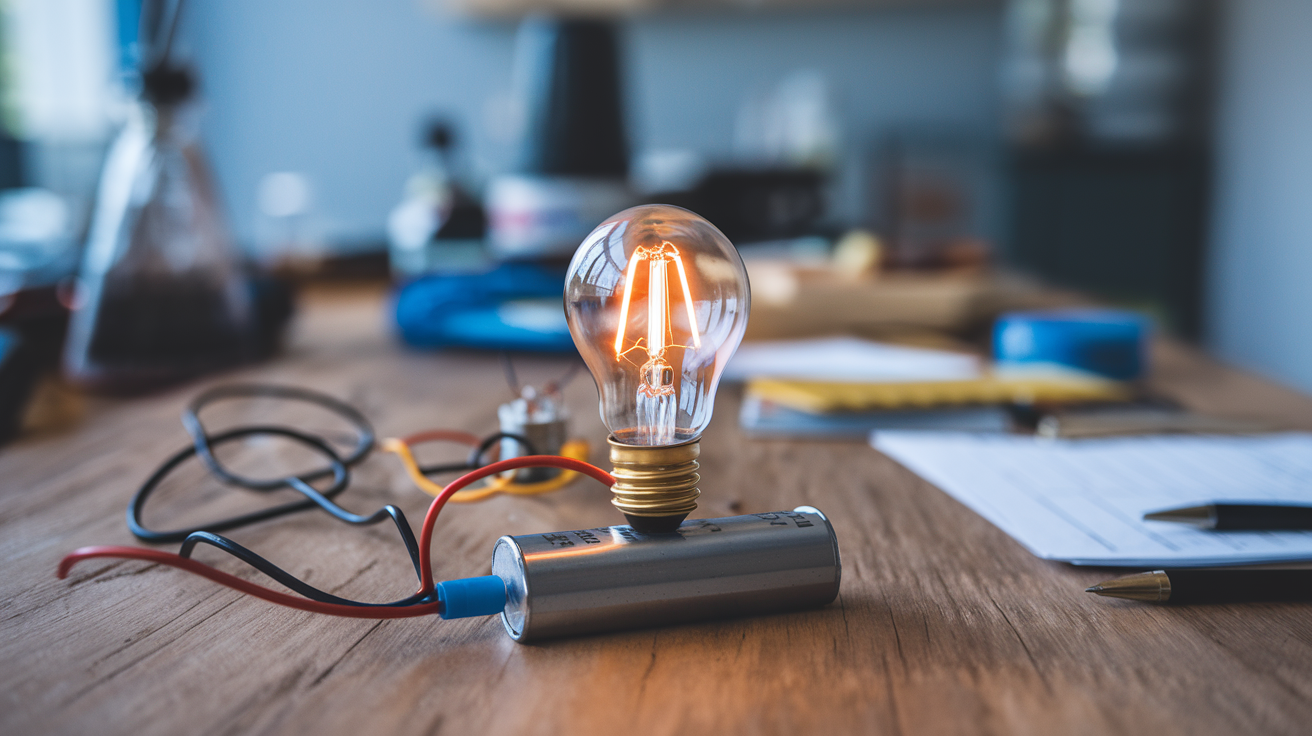
In this project, students build a basic electric circuit using a battery, wires, and a small bulb.
It helps them understand how electricity flows in a closed loop and how switches control the flow. This hands-on activity introduces important concepts like conductors, insulators, and energy transfer.
It’s a practical way to explore electronics and sparks curiosity about how everyday devices work.
- Difficulty Level: Moderate
- Science Law: Ohm’s Law and closed-circuit principle
- Materials Required: Battery, wires, light bulb, tape, switch (optional)
For a more detailed description of the project, check out: How to make a simple circuit with on/off switch for a light bulb
17. Color-Changing Milk
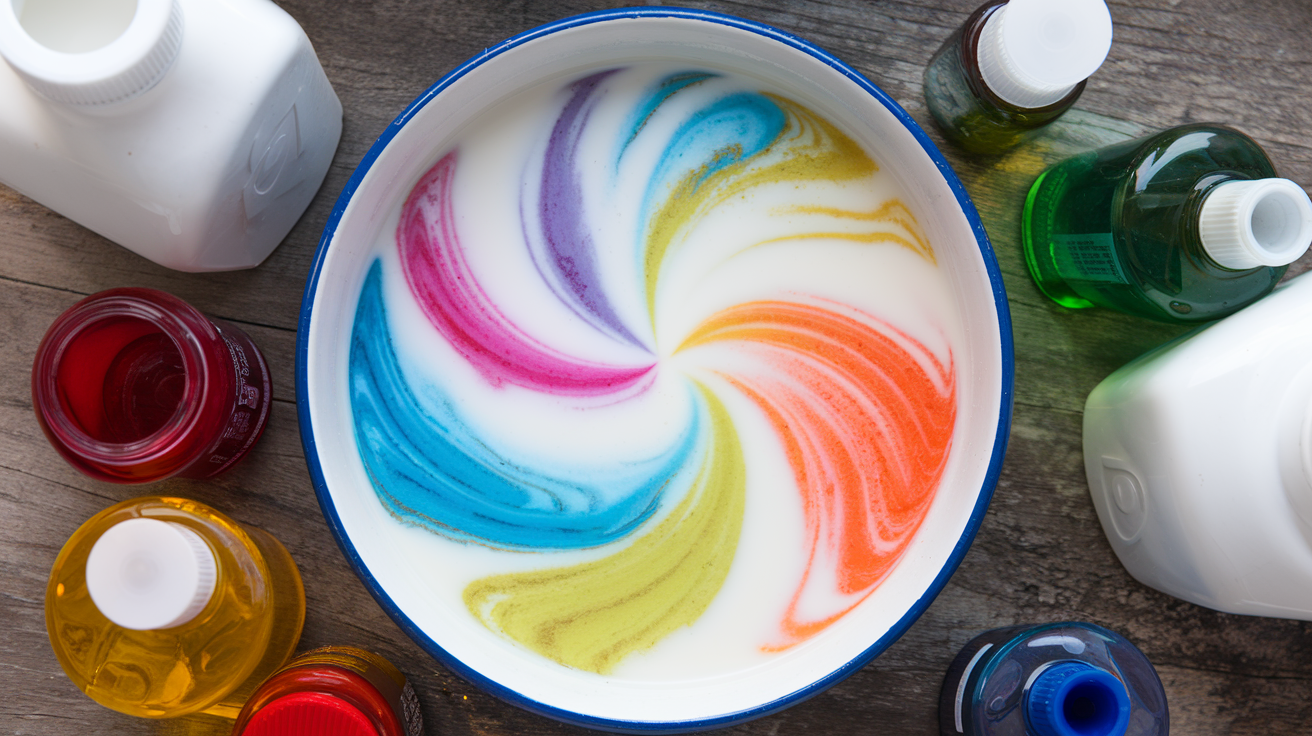
Adding food coloring and dish soap to milk causes swirling patterns due to the breakdown of fat molecules. This visually exciting experiment teaches students about chemical reactions and surface tension.
It’s simple to set up and makes for a beautiful, moving piece of science art. Kids learn how molecules interact and can try different types of milk for comparison.
- Difficulty Level: Easy
- Science Law: Surface tension and molecular interaction
- Materials Required: Whole milk, dish soap, food coloring, cotton swabs, shallow dish
For a more detailed description of the project, check out: At-Home Science Experiments: Color-Changing Milk
18. Ocean Currents in a Jar

By using hot and cold colored water in a jar, students can observe how temperature affects water movement. This project demonstrates convection currents and how ocean water moves based on temperature differences.
It connects earth science to real-world phenomena like climate and marine life. It’s a great way to visually explore thermal energy and water density.
- Difficulty Level: Moderate
- Science Law: Convection currents and temperature gradients
- Materials Required: Glass jar, cold water (blue dye), hot water (red dye), dropper, divider (optional)
For a more detailed description of the project, check out: Easy Ocean Currents Science Experiment
19. Baking Soda and Vinegar Rocket
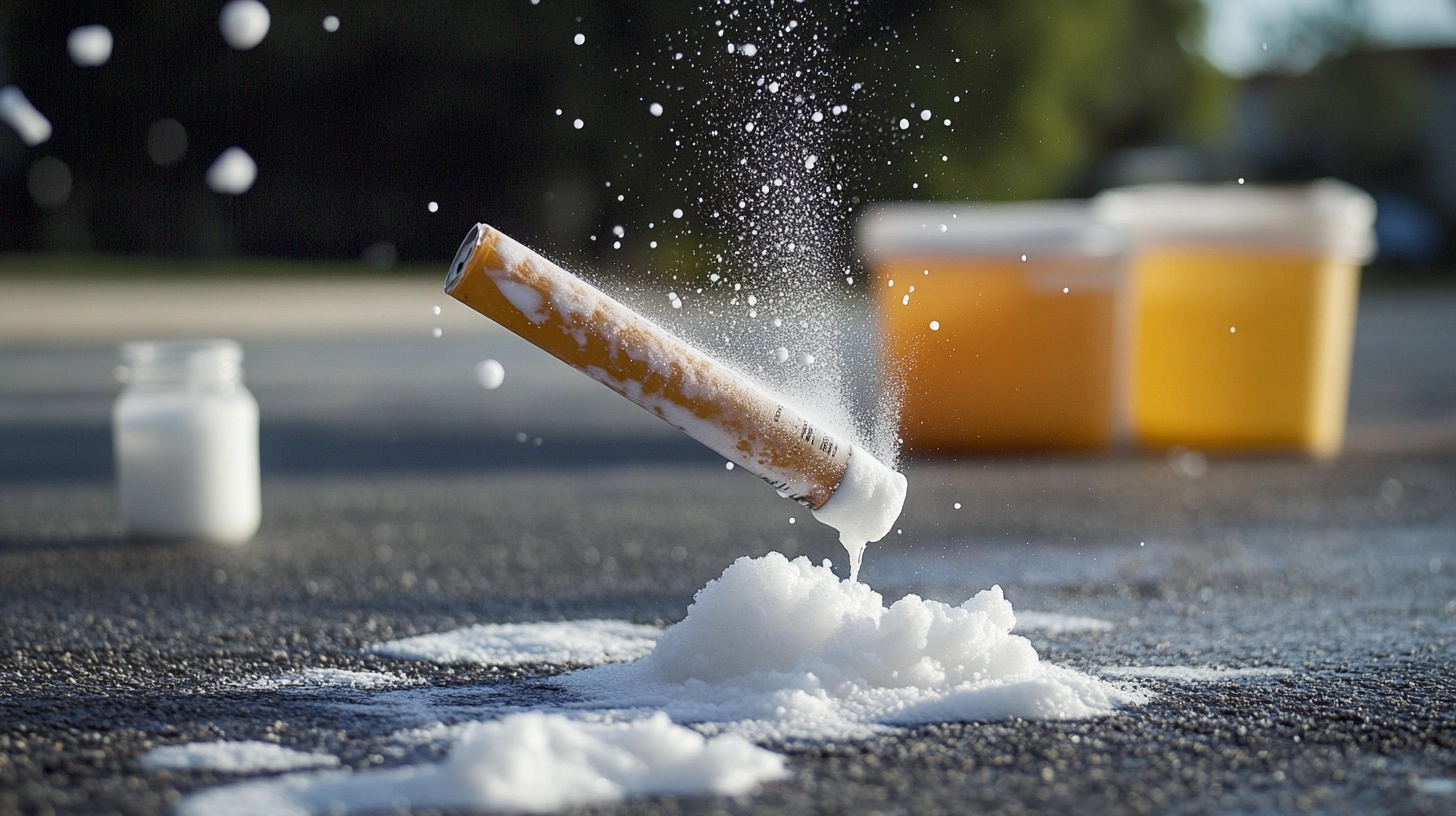
This fun experiment involves creating a mini-rocket powered by the reaction of baking soda and vinegar.
The gas created builds pressure until it launches the rocket. It’s a dynamic way to teach kids about chemical reactions and Newton’s laws of motion. Plus, it gives an exciting payoff that makes the learning unforgettable.
- Difficulty Level: Moderate
- Science Law: Newton’s Third Law and gas expansion
- Materials Required: Film canister or small container, baking soda, vinegar, tissue paper, and safety goggles
For a more detailed description of the project, check out:- How to Make a Baking Soda Rocket
20. Walking Water Experiment
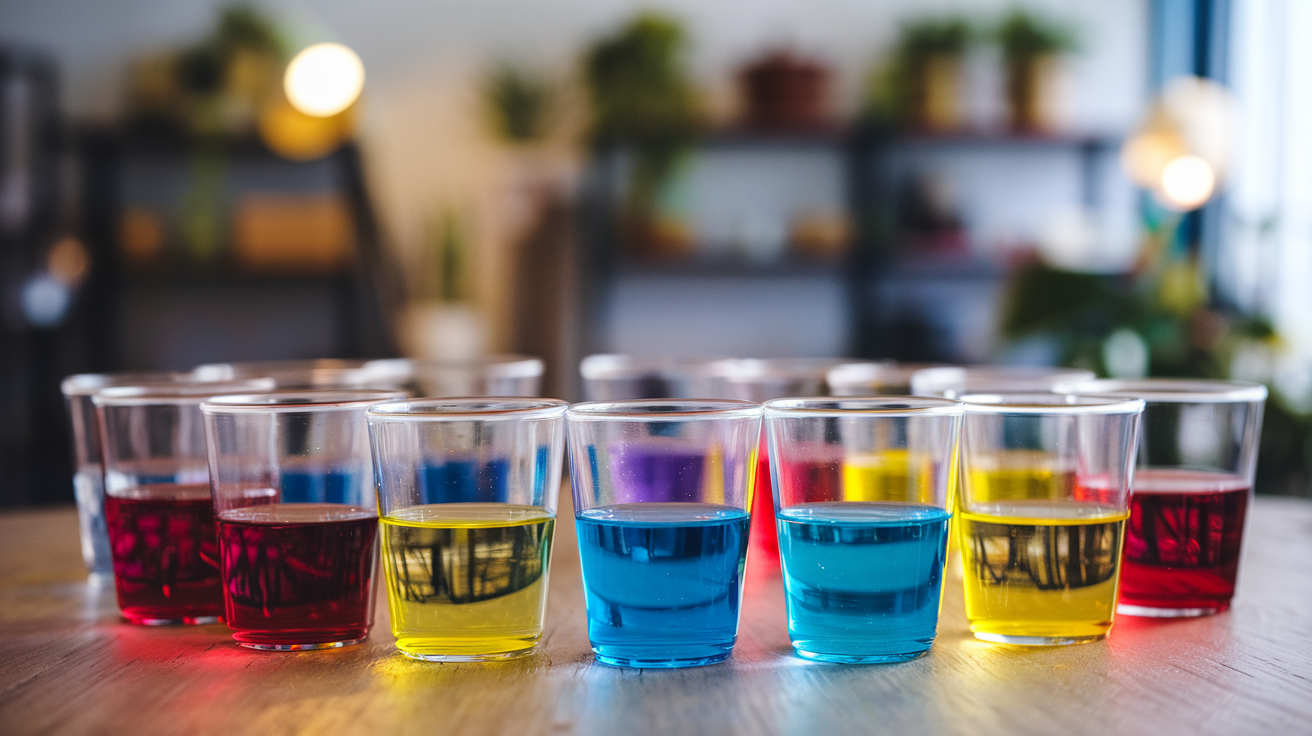
In this experiment, colored water travels from one cup to another through paper towels, “walking” from one container to the next. It demonstrates capillary action and how plants draw water from roots to leaves.
The colorful visuals make it an interesting and easy project for young learners. It’s perfect for visualizing water movement and absorption.
- Difficulty Level: Easy
- Science Law: Capillary action and absorption
- Materials Required: Clear cups, water, paper towels, food coloring
For a more detailed description of the project, check out:- WALKING WATER Easy Kids Science Experiments
21. Paper Airplane Distance Challenge
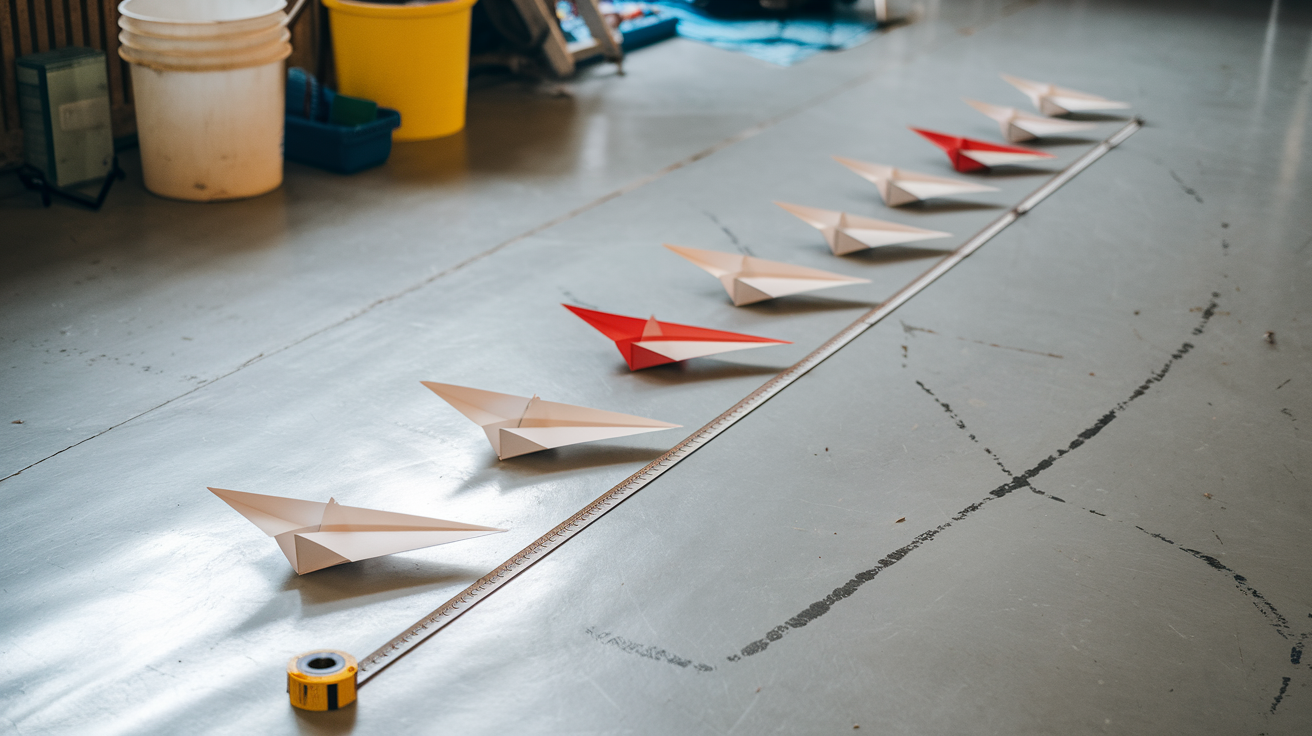
Students design paper airplanes and test how far they fly under different conditions. This project involves experimentation, measurement, and design iteration. It introduces basic physics concepts like lift, drag, and gravity while also encouraging problem-solving and creativity. It’s an excellent blend of fun and learning that gets kids thinking like engineers.
- Difficulty Level: Easy
- Science Law: Aerodynamics and Newton’s Laws of Motion
- Materials Required: Paper, measuring tape, notebook, stopwatch (optional)
For a more detailed description of the 4th grade science project, check out:- Paper Airplane experiment
Top Tips for Parents and Teachers to Support 4th Grade Science Project Learning
Helping kids learn science doesn’t mean you need to be an expert. With the right approach, even adults who didn’t enjoy science in school can help 4th graders build a strong foundation.
These simple tips can make science learning more successful and enjoyable for both you and your child.
- Ask open-ended questions that make kids think and explain their ideas.
- Set up a small space at home for science experiments and materials.
- Connect science to daily life by pointing out examples during regular activities.
- Use mistakes as learning chances rather than signs of failure.
- Read books about famous scientists who failed many times before achieving success.
- Let kids pick projects based on their interests when possible.
- Take notes or photos of experiments to track what happened and why.
Wrapping Up
What makes science projects special for 4th graders? They turn big ideas into hands-on fun that kids can touch and see.
The projects we’ve shared don’t just teach science facts – they build thinking skills that help in all school subjects. When children mix, build, or test their ideas, they learn to solve problems in new ways.
Want to help your kid with 4th grade science project? Start with one that matches their interests, keep supplies simple, and let them take the lead when possible.
Pick a project from our list this weekend. You might be surprised by how much your child learns – and how much fun you both have along the way. Why not share your results in the comments below?

